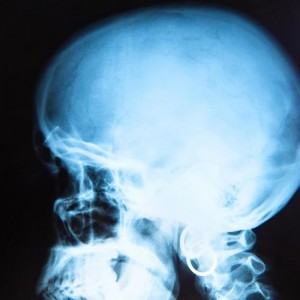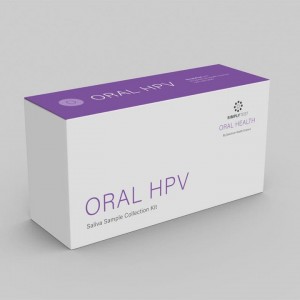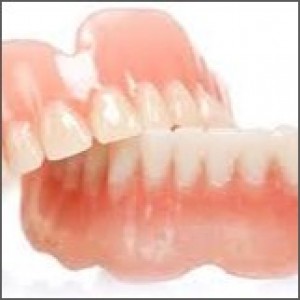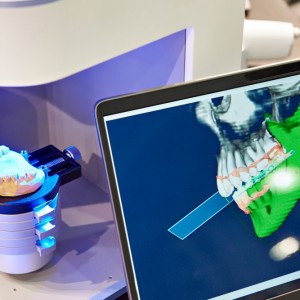
Regular and high power polymerization mode: what to expect over time?
Co-authors: A. Comba, F. Florenzano
Photopolymerization is a complex operation, where a high degree of conversion of the restoration material ensures the quality and the longevity of composite restorations. The introduction of LED technology allowed fabrication of powerful polymerization lamps that require reduced application time. However, some concerns were raised on the possibility to cause stress at the composite-tooth interfaces due to an increased energy of the curing unit.
For that reason Cerutti et al decided to compare the marginal quality of composite restorations light cured with two polymerization protocols, the regular (RM) and the high power (HPM), and conducted a randomized, split-mouth clinical trial using modified USPHS and SQUACE criteria for the clinical evaluation.
Material & Methods
The group of research from the University of Brescia collected 50 patients (mean age: 33 years) who received 100 direct class I or class II restorations on premolars or molars. Three calibrated operators made the restorations. After conditioning the tooth with 2-step etch-and-rinse adhesive, researchers made restorations incrementally using microhybrid resin composite. Each layer was cured using a curing lamp operating either in regular mode (600-650 mW/cm2 for 20 s) (RM) or high-power (1200-1300 mW/cm2 for 10 s) mode (HPM). The authors nominated two independent, calibrated operators for restoration evaluation at 1 week (baseline) and 6 months after restoration placement, and thereafter annually up to 10 years using modified USPHS and SQUACE criteria. Data were analyzed using the Mann-Whitney U-test (α = 0.05).
Results
Cerutti et al placed a total of thirty-six restorations on premolars and sixty-four on molars. There were no dropouts up to the 5th year; during the last 5 years (up to the 10-year recall), 13 patients could not be evaluated (26%).
Secondary caries, endodontic complications, fractures, and chipping were not observed in any of the restored teeth.
USPHS alpha scores for marginal adaptation (76% and 74% for RM and HPM, respectively) and marginal discoloration (70% and 72%, for RM and HPM, respectively) did not show significant differences between the two polymerization protocols (p > 0.05).
SQUACE alpha scores for marginal adaptation (78% and 74% for RM and HPM, respectively) and marginal discoloration (70% for both RM and HPM) were also not significantly different at the 10-year year follow-up (p > 0.05).
Conclusions
According to the clinical trial conducted by the Italian researchers, marginal quality of the micro-hybrid composite tested up to 10 years was not significantly influenced by the polymerization protocol adopted .
In addition, marginal quality of the resin restorations was found to decrease at the 10-year follow-up compared to baseline and 5-year recall for both USPHS and SQUACE criteria.
 Related articles
Related articles
Despite its reputation as the most widely used restorative dental material currently, resin-based materials have acknowledged shortcomings.
Restorative dentistry 30 December 2022
Researchers evaluated the effect of pre-heating on wear and color stability of high-viscosity bulk-fill resin composites vs. conventional resin composites.
Restorative dentistry 10 November 2022
Resin composite blocks for indirect restoration: which material to choose for luting procedures?
Resin composite materials, with their excellent mechanical properties and aesthetic properties, are now considered the materials of choice in dental restorations.
Resin composite materials, with their excellent mechanical properties and aesthetic properties, are now considered the materials of choice in dental restorations. In addition to direct fillings,...
Resin composite materials, with their excellent mechanical properties and aesthetic properties, are now considered the materials of choice in dental restorations. In addition to direct fillings,...
 Read more
Read more
Much like EMTs rushing to the scene after an accident, stem cells hurry to the site of a skull fracture to start mending the damage. A new finding has uncovered the signaling mechanism that triggers...
Products 05 November 2025
SimplyTest has launched a groundbreaking saliva-based test to detect high-risk strains of oral human papillomavirus (HPV), a major cause of oropharyngeal cancers.
News 05 November 2025
Perimetrics, Inc., a dental technology company pioneering quantitative diagnostics, announced today that the U.S. Food and Drug Administration (FDA) has granted clearance for the InnerView...
News 05 November 2025
On October 15, open enrollment for Medicare began nationwide. Hundreds of thousands of seniors in New Jersey will once again face the challenge of finding the right Medicare coverage, including the...
Digital Dentistry 04 November 2025
Digitalisation is an expanding field in dentistry and implementation of digital teaching methods in dental education is an essential part of modern education.















